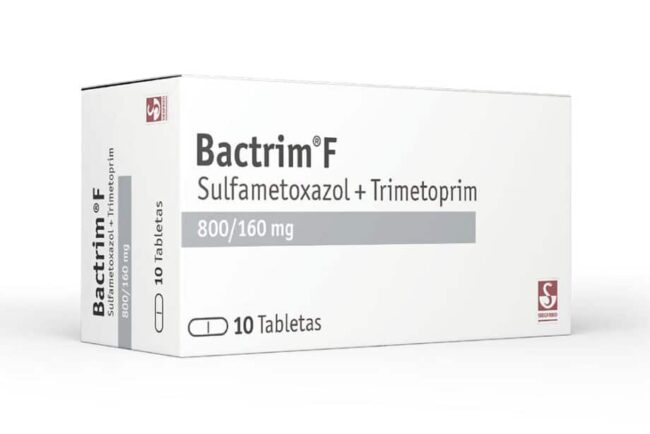Certain therapeutic medications are quick to act and leave the body rapidly, while others linger. Antibiotics are notorious for their prolonged presence in the human system, prompting users to be more mindful when considering additional ingestibles, including alcohol.
Bactrim, being an antibiotic, requires such consideration due to its specific interaction patterns with other substances.

The Concerns Regarding Bactrim and Alcohol
Bactrim, like other drugs, exhibits specific pharmacokinetic properties. After oral administration, its peak concentration in the bloodstream occurs between 1-4 hours. This window is crucial, as any interaction with alcohol during this time may lead to unpleasant side effects such as nausea.
Furthermore, individuals who have Bactrim as part of a regular medication routine should be well-informed about dietary choices, given the drug’s lingering presence in the body.
The half-life of Bactrim, between 8-12 hours, highlights the systematic and extended elimination process of this drug. A few days might be necessary to clear the entire dosage from one’s system entirely.
Alcohol’s Implication on Bodily Processes
Alcohol’s interference with the body’s metabolic capabilities is well-documented. This influence is especially pronounced when combined with antibiotics. Alcohol can hinder the body’s ability to utilize Bactrim effectively, potentially diminishing the drug’s benefits.
Moreover, patients with compromised health may experience heightened lethargy, impacting daily activities.
However, for those in good health, abstaining from alcohol for a mere four hours post-Bactrim consumption might suffice. Yet, those with specific conditions, especially those related to liver function, are advised to wait significantly longer, potentially up to a day, before considering alcohol.
Potential Repercussions of Combining Bactrim and Alcohol
The metabolic processes associated with alcohol consumption generate several byproducts, one of which is the toxic acetaldehyde. Bactrim can interfere with the enzymatic breakdown of this substance, leading to its accumulation. This accumulation might manifest in various symptoms:
- Flushed skin
- Headaches
- Difficulty breathing
- Rapid heartbeat
Moreover, some drugs, such as monoamine oxidase inhibitors (MAOIs), can have life-threatening interactions with alcohol, especially causing elevated blood pressure. Such interactions underscore the importance of thorough patient education about drug-alcohol combinations.
A Closer Look at Antibiotics
Antibiotics remain a cornerstone in modern medicine, designed to combat bacterial infections. Their mode of action focuses either on destroying the bacteria or inhibiting their growth. While the body’s white blood cells often manage to neutralize bacterial threats, there are instances where their numbers are overwhelming, necessitating antibiotic intervention.
Used correctly, antibiotics offer solutions to a spectrum of bacterial ailments, from throat infections and pneumonia to more complex cases like sepsis. However, as with most drugs, potential side effects can range from digestive issues to allergic reactions.
Making Informed Decisions About Alcohol and Antibiotics
While antibiotics play a pivotal role in managing bacterial infections, introducing alcohol during their course can introduce risks. Not only can alcohol magnify certain drug side effects, but it also has the potential to disrupt the healing trajectory.
It’s essential to be patient and allow the body ample time to recover, which often means abstaining from alcohol until the antibiotic course is completed.
In Summary
Bactrim stands as a testament to the efficacy of antibiotics in modern medicine. Yet, the interaction between antibiotics and other substances, notably alcohol, can be complex. The potential to amplify adverse effects or diminish therapeutic benefits should not be taken lightly. It remains imperative for individuals to approach such combinations with caution, armed with knowledge, and in consultation with healthcare professionals.

Editorial Staff
Our writers, editors, content managers, and SEO specialist. We all take part in crafting amazing articles. We spend hours ensuring that each article is based on facts, researched, and thorough. You'll never want to click the back button to look for more answers other than here!
